Submitted:
01 April 2023
Posted:
03 April 2023
You are already at the latest version
Abstract
Keywords:
1. Introduction
- (1)
- The greater the mass of a celestial body, the stronger its magnetic field;
- (2)
- (3)
- The faster the rotation speed of an object, the stronger its magnetic field.
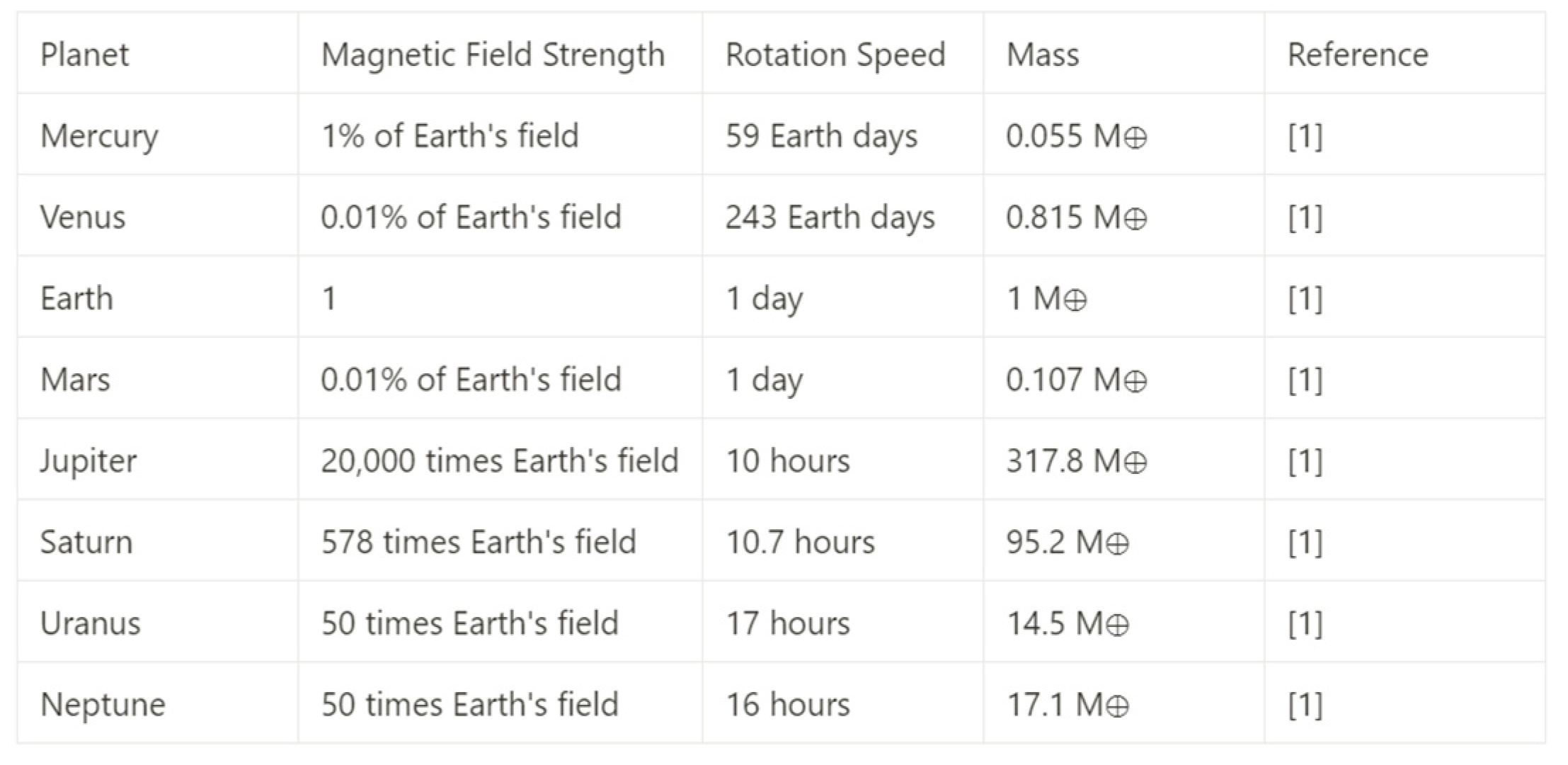
2. Theoretical Analysis of Celestial Magnetic Field Origin
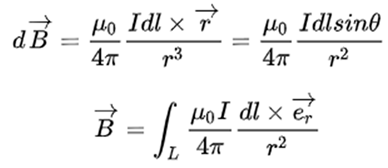
- (1)
- The faster the rotation speed v of liquid sphere A, the larger the equivalent electric current I, and the stronger the induced magnetic field;
- (2)
- The greater the external force F beyond the critical pressure, the stronger the equivalent potential energy field ε generated inside sphere A, which is equivalent to a larger amount of charge per unit volume, and the stronger the induced magnetic field.
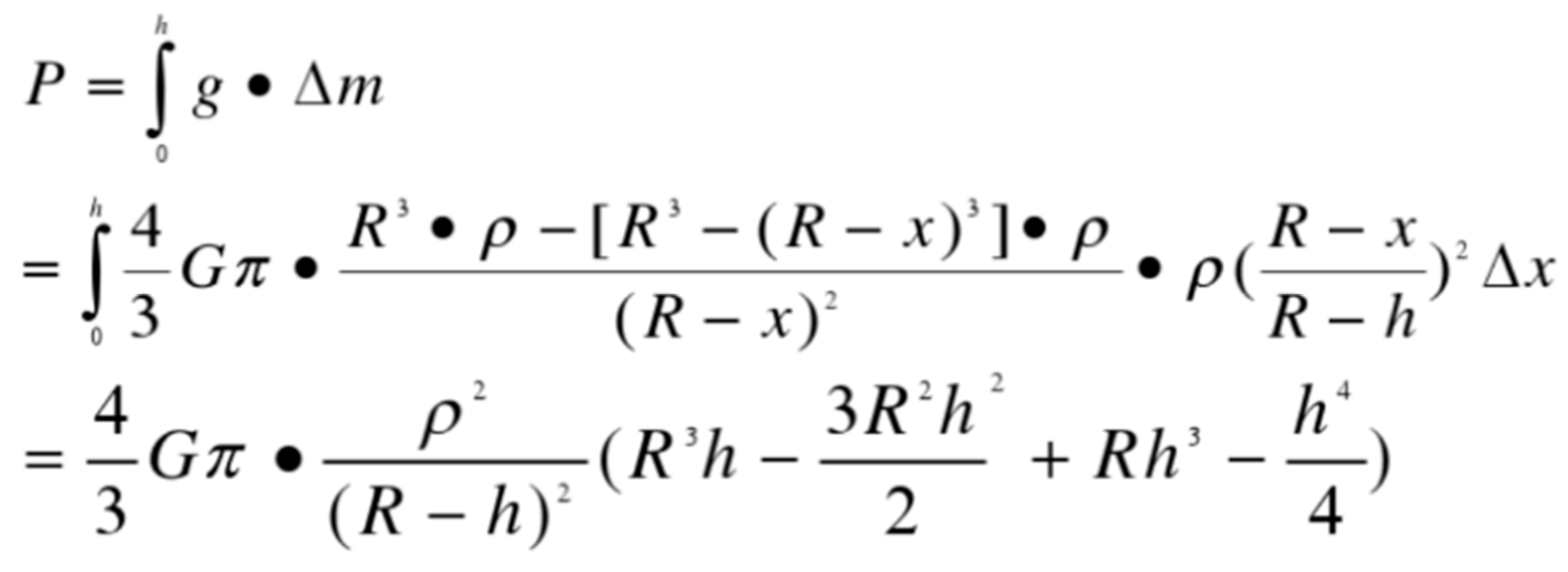
- (1)
- Under the same density ρ, the greater the mass of the celestial body, the greater the pressure P at the same distance from the center of the celestial body, and the stronger the induced potential energy field ε;
- (2)
- The faster the rotation speed v of the celestial body, the larger the equivalent electric current I, and the stronger the induced magnetic field;
- (3)
- Under the same mass, the greater the density ρ, the smaller the radius R, and the greater the pressure P at the same distance from the center of the celestial body, and the stronger the induced potential energy field ε.
- (1)
- The larger the mass of a celestial body, the stronger the pressure generated inside it under the same composition of matter, and therefore the potential energy field ε will be larger. The magnetic field generated under the same rotation speed will be stronger.
- (2)
- Under the same mass and rotation speed, the smaller the radius of the celestial body, the greater the pressure it generates, resulting in a higher potential energy field ε, and therefore the magnetic field intensity produced will also be higher, just like a neutron star. However, it should be noted that we currently do not know the boundary conditions of the external force F required to generate the potential energy field ε in the matter of which neutron stars and ordinary atoms are composed.
- (3)
- Under the same mass and radius of the celestial body, if the composition of the matter is the same, the faster the rotation speed, the stronger the magnetic field generated.

- (1)
- It is recommended to use liquid substances. Gaseous substances are more likely to convert external force F into particle kinetic energy during compression; when solid substances are compressed, it is difficult to control the influence of the intermediate gap, and cooling from liquid to solid often releases heat, which affects the potential energy.
- (2)
- It is recommended to conduct the experiment at a low and constant temperature, which can avoid the influence of atomic kinetic energy as much as possible, and ensure that the work done by external force F is truly converted into the potential energy ε generated.
- (3)
- It is recommended to use particles with larger atomic nuclei for the experiment, which can more easily convert external force F into potential energy, and the theoretical requirements for force F are correspondingly reduced.
3. Experimental Design and Conclusions that Can be Drawn
- (1)
- The true origin of the magnetic field of the Earth, stars, and neutron stars;
- (2)
- Verify the correctness of the “unified theory of forces”.
References
- NASA. (2021). Solar System Exploration: Planets. Retrieved from https://solarsystem.nasa.gov/planets/.
- Gubbins, D., & Sreenivasan, B. (2001). The geodynamo: a unique window on the deep Earth. Proceedings of the National Academy of Sciences, 98(7), 3695-3697.
- Olson, P., & Amit, H. (2019). Earth’s core and the geodynamo. Nature, 570(7762), 45-56.
- Roberts, P. H. (2018). Geodynamo theory and simulations. Annual Review of Earth and Planetary Sciences, 46, 523-552.
- Reisenegger, A. (2001). The Origin of Pulsar Magnetism. Astrophysics and Space Science Library, 267, 171-180.
- Thompson, C., & Duncan, R. C. (1993). Neutron Star Magnetic Fields and Pulsations. The Astrophysical Journal, 408, 194-217.
- Lai, D. (2001). Neutron Star Magnetism: From Birth to Death. Reviews of Modern Physics, 73(1), 629-661.
- Lattimer, J. M., & Prakash, M. (2016). The physics of neutron stars. Physics Reports, 621, 127-164.
- Reisenegger, A. (2001). The Origin of Pulsar Magnetism. Astrophysics and Space Science Library, 267, 171-180.
- Thompson, C., & Duncan, R. C. (1993). Neutron Star Magnetic Fields and Pulsations. The Astrophysical Journal, 408, 194-217.
- Qin S (2022) Unified Theory of Gravity, Electromagnetic Force, Strong and Weak Forces and their Applications: Theoretical Explanation for Dark Matter. J Phys Chem Biophys. 12:335.
- https://wenku.baidu.com/view/939fc309581b6bd97f19ea73.html?_wkts_=1680266938185&bdQuery=%E5%AF%86%E5%BA%A6%E5%9D%87%E5%8C%80%E7%9A%84%E7%90%83%E5%86%85%E9%83%A8%E5%8E%8B%E5%8A%9B.
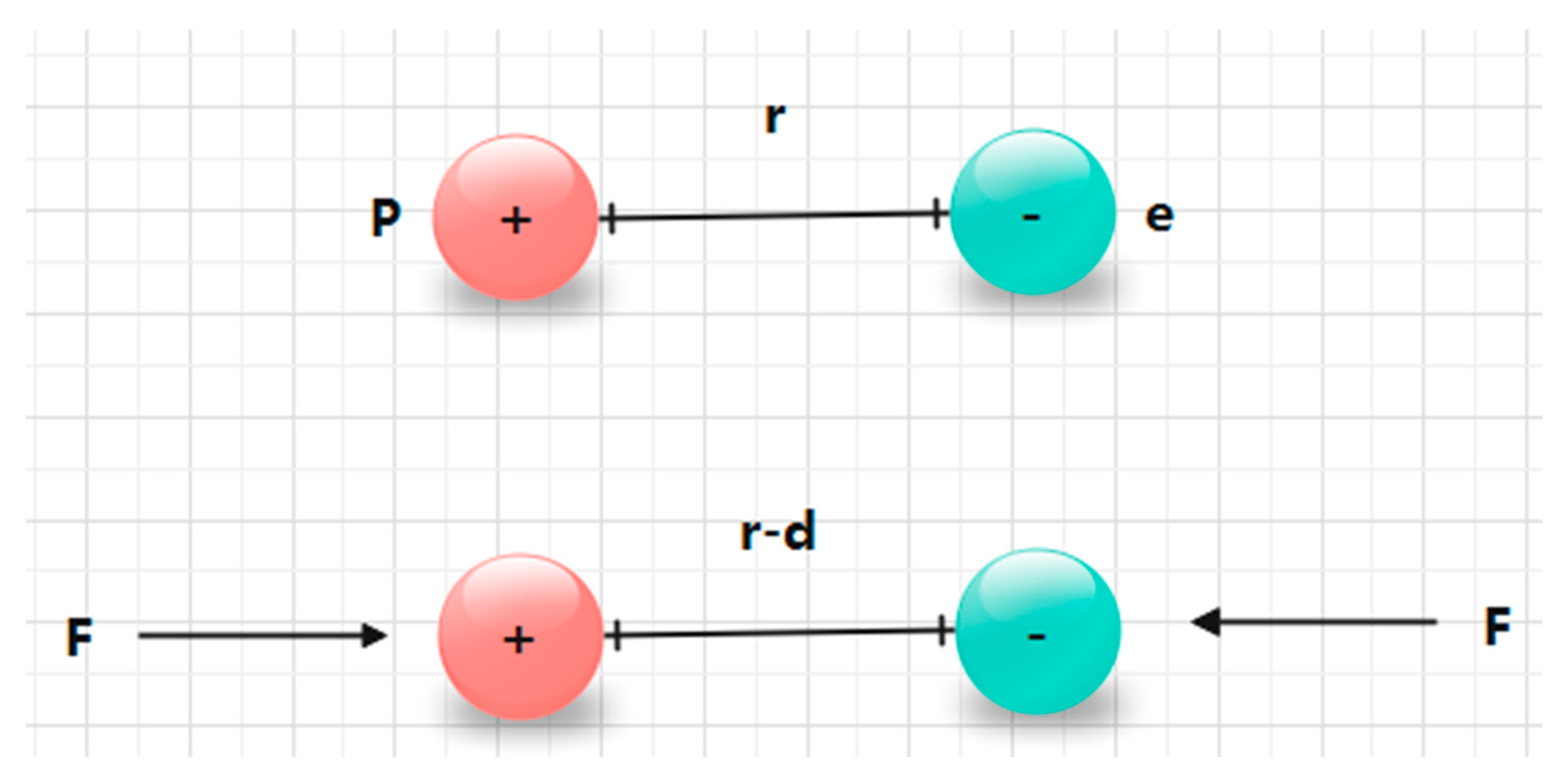
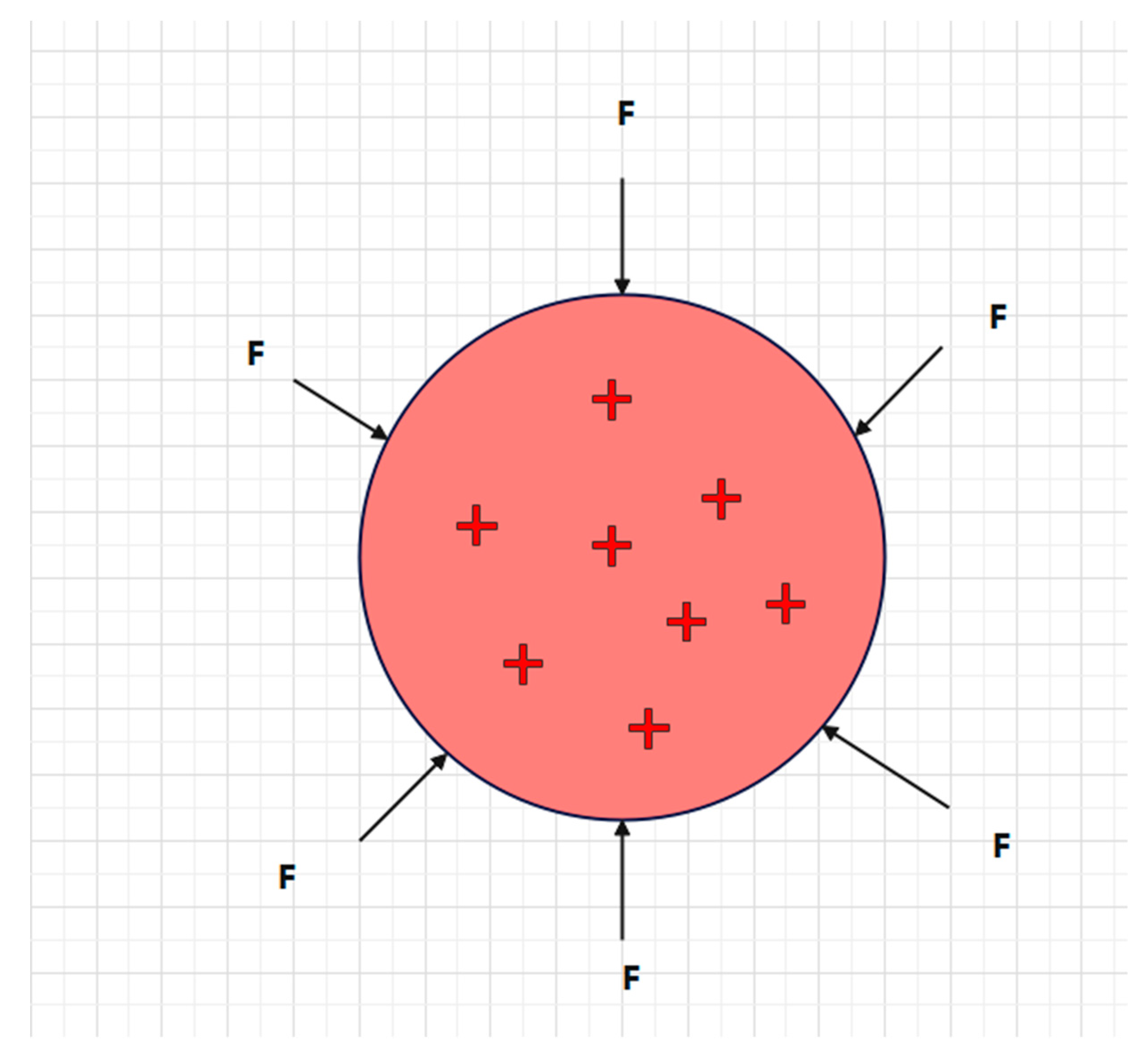
Disclaimer/Publisher’s Note: The statements, opinions and data contained in all publications are solely those of the individual author(s) and contributor(s) and not of MDPI and/or the editor(s). MDPI and/or the editor(s) disclaim responsibility for any injury to people or property resulting from any ideas, methods, instructions or products referred to in the content. |
© 2023 by the authors. Licensee MDPI, Basel, Switzerland. This article is an open access article distributed under the terms and conditions of the Creative Commons Attribution (CC BY) license (http://creativecommons.org/licenses/by/4.0/).




